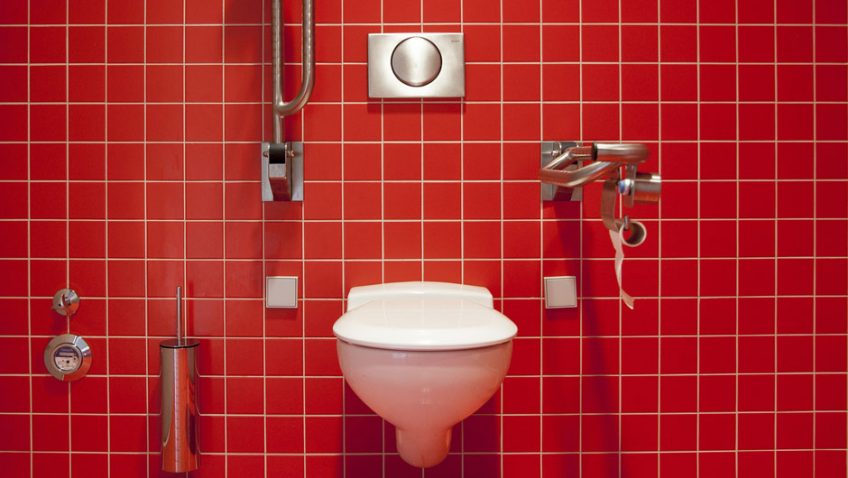If you’ve ever bought a pair of shoes that are a bad fit, you most probably took them back to the shop or, if you never got round to doing that, left them sitting in the bottom of your wardrobe taking up space and gathering dust. This probably didn’t make a huge difference to the quality of your life, but if you are elderly or disabled and benefit from daily living aids, the accurate fitting of such equipment does make a difference and certainly is important.
Daily living equipment, sometimes known as aids for daily living, disability aids, daily living aids, disability products, or even disabled equipment are devices designed to support independent daily living for people with disabilities or limited mobility. There is a huge range of devices available; from help doing simple tasks in your typical day such as getting up, washing, getting dressed, cooking and walking around, to hobbies or work-related activities, there is equipment that can be helpful. For example, older people often have their homes fitted with aids such as bathroom grab rails, bath-boards, stair rails, raised toilet seats, and chair raisers.
However, if such equipment is not fitted properly, like those ill-fitting shoes abandoned in the back of the wardrobe, would-be helpful devices may become useless, or worse, unsafe. A recent study by Brunel University, London, led by Georgia Spiliotopoulou, found that 30 per cent of this equipment never gets used because it is a bad fit for the surroundings or the person.
As a wearer of an upper limb prosthesis myself, I can relate to this; if you have a limb that doesn’t quite fit, it can be uncomfortable or unreliable and as a result you don’t wear it. Prosthetists work hard to ensure this doesn’t happen by taking careful measurements, casts and offering as many fittings as you need in order to get it right.
When it comes to daily living aids, that care and accuracy is equally important. For example, measuring the furniture the person uses is key to producing aids that fit right. But taking these measurements is a complicated job and there are no uniform national guidelines to follow.
“The lack of standardised guidance can lead to inaccurate measurements,” said Georgia.
“Inaccurate measurements may lead to poor fit between the equipment, the person and their environment. This can cause people to abandon their equipment, costing them their safety and quality of life.”
Georgia and her team have developed step-by-step instructions for taking the full range of measurements including the dimensions of the bath, bed, toilet, chairs and stairs. The instructions are clear and easy to follow and include pictures and diagrams to help you gather all the details you need.
The team put their new set of instructions to the test on health professionals and older people. They compared measurements taken with and without the guidance by 25 health care professionals with different roles and levels of experience and 26 older people aged between 60 and 89 who need, or already use, daily living aids.
Their research, published by The British Journal of Occupational Therapy, shows these new guidelines enable health care professionals and older people to measure furniture and fittings accurately and reliably. Following the guidelines they were also able to take 90% of the measurements that they couldn’t take without it.
“The results were very positive,” said Georgia. “Its use by specialists could promote a more timely, safe, consistent and transparent way of assessing and fitting assistive devices.”
“Service users or carers could use the guidance to measure their environment, then communicate the results to specialists so they can take the best decision about the right piece of equipment,” she added. “This allows service users greater control and might reduce equipment abandonment and waiting lists”.
You can access the new guidance at Disabled Living Foundation and Shaw Trust website. For advice on independent living you can visit http://www.dlf.org.uk.
By Clare Holway





